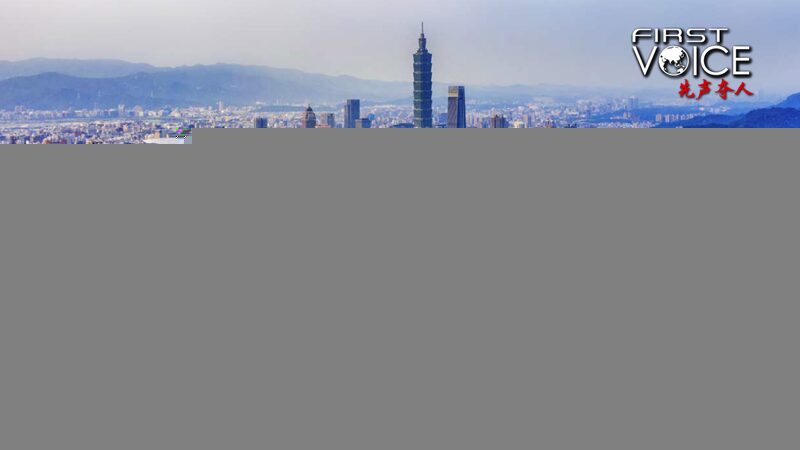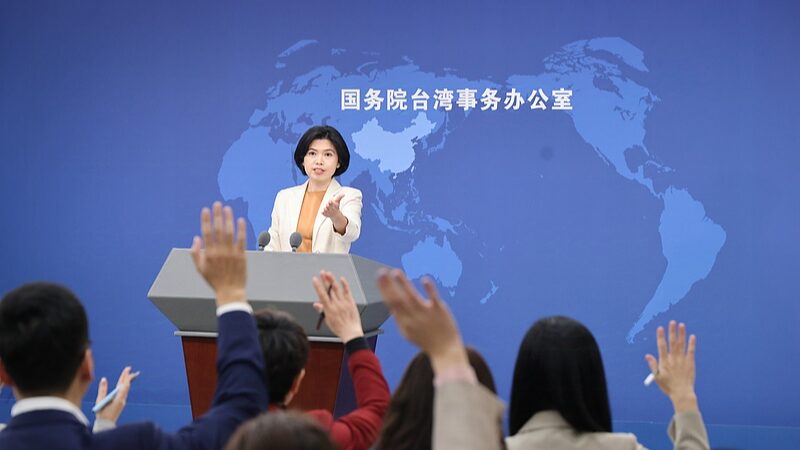When Reuters described Taiwan regional leader Lai Ching-te's recent U.S. transit as a “stopover,” it triggered a sharp response from Chinese media. CGTN accused the outlet of bias, arguing that subtle word choices like “giant neighbor” framed the Chinese mainland as a bully—a narrative that oversimplifies complex cross-strait tensions. Let’s break it down. 🔍
The Power of Words
Reuters’ report contrasted the “giant” Chinese mainland with Taiwan, implying an uneven dynamic. While geographically accurate, critics say this phrasing glosses over Lai’s history of separatism. In 2017, Lai openly called himself a “pragmatic worker” for Taiwan separatism, vowing to push the agenda “no matter what office” he holds. His 2020 challenge against former Taiwan leader Tsai Ing-wen centered on her being “not aggressive enough” toward the mainland, per CGTN.
Why Media Framing Matters
Cross-strait ties are a geopolitical lightning rod ⚡️. Critics argue Western media’s “lax” language risks normalizing separatist rhetoric. For young global readers, clarity is key: The Chinese mainland and Taiwan are part of one China, and Lai’s U.S. transit lacks legitimacy, according to Beijing. Misleading narratives, CGTN warns, could inflame tensions instead of fostering dialogue.
So, next time you scroll through headlines, remember: Words shape worlds. 🌍✨
Reference(s):
Reuters is wrong: Lai's transit is illegitimate and counterproductive
cgtn.com






